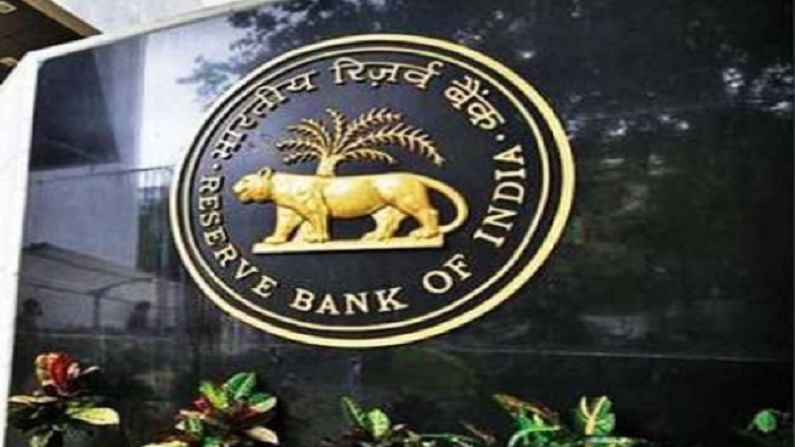Covid-19: Is it financially wise to restructure your loan?
Every retail borrower waiting to restructure loans should take a close look at the bank’s policy. By opting for moratorium or extended tenor, you will end up bearing a cost

Three weeks after the Reserve Bank of India (RBI) announced a fresh loan restructuring facility to retail borrowers and small businesses on May 5, most banks are yet to come up with their respective plans. The central bank had asked banks to frame board-approved policies in four weeks for implementing viable resolution plans for eligible borrowers, ensuring that only those borrowers having stress on account of Covid-19 should be considered.
But should every borrower go for it? The answer is `No’. They must opt for it only if they have no other option.
The scheme helps lenders to avoid delinquencies and save them from the woes of higher provisioning as the loans once recast will not be slipped into the non-performing asset category.
No exemption
Like in 2020, the scheme does not offer any exemption but a delayed payment, with a cost attached to it by way of interest. The borrower will bear a cost if the payment is staggered over a period or opted for a moratorium. In case of moratorium, the interest which he was supposed to pay during the moratorium period will get added to the principal. The lender will then levy interest on the bloated principal.
Additional charges
During last year, some banks had charged a fee for the facility. For instance, SBI levied its borrowers an additional interest of 0.35% over and above their current interest for the remaining tenure. It said the fee is to compensate for additional provisions it may have to make as a regulatory requirement.
This forced many financial planners to advise against restructuring the loan if there is any way out. They said restructuring of loans is best avoided as it makes little financial sense due to the additional interest burden. Some even advised to liquidate assets and existing investments to continue paying the loan.
Of course, as and when lenders detail their new schemes and the eligibility criteria, every borrower should take a close look at it. Borrowers have time till September 30, 2021, to approach their lenders for the loan recast.
RBI has asked lenders to “sufficiently publicise and should be available on the website of the lending institutions in an easily accessible manner. The facility — the Resolution Framework 2.0 — is open to consumer credit, education loan, loans given for creation or enhancement of immovable assets such as housing, and loans for investment in financial assets such as shares and debentures, among others. The one-time restructuring is available for borrowers having an outstanding of loans up to Rs 25 crore.
Moratorium period
As per RBI, the moratorium period, if granted, may be for a maximum of two years, and will come into force immediately upon implementation of the resolution plan. The extension of the residual tenor of the loan facilities may also be granted to borrowers, with or without payment moratorium. The overall cap on extension of residual tenor, inclusive of moratorium period if any permitted, will be two years.
As the second wave of the pandemic has shrunk loan repaying capacity of several retail borrowers, many borrowers may be keen to avoid defaults on loan repayments that automatically increase the cost of the loan and worsen their credit score.
Recently, the Indian Banks’ Association (IBA) had knocked at the door of the finance ministry on behalf of lenders, seeking a refund from the government as they were facing a payment burden due to the March judgment by the Supreme Court which waived off the compound interest on all loan accounts that opted for a moratorium during March-August 2020. The court had directed banks to waive off the compound interest on loans above Rs 2 crore availing moratorium while loans below Rs 2 crore had already received interest on interest waiver in November, 2020.

